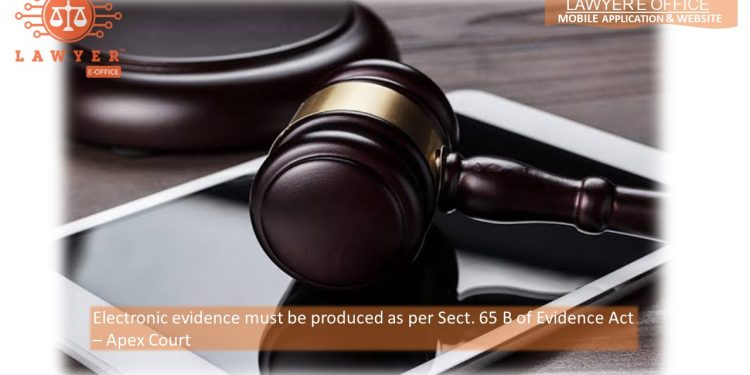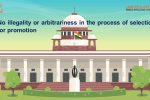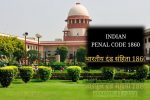Electronic evidence must be produced as per Sect. 65 B of Evidence Act – Apex Court

D.D-MAY 4, 2022
Apex Court observed in recent judgement ( Ravinder Singh Vs State of Punjab D.D. 4th May 2022 ) that for electronic evidence to be admissible in court, it must be produced in conformity with the laws and certified. Oral testimony in lieu of a certificate, as in this instance, cannot possible satisfy since Section 65B(4) is a legal necessity.
Facts – Three Accused Mother of Victim (A1) and another two accused ( A2 and A3 ) convicted by trial court for murder and kidnapping of two children under Section 302 , 364 , 120-B IPC . All the accused approached High court against the conviction.
The High Court opined that the prosecution had established the motive of the offence committed by A2, which was his determination to eliminate the school going children of Rakesh Kumar (PW5) and A1. The High Court further rejected the evidence of PW13 which was extra judicial confession of A2 and A3. And upheld the conviction. Accused approached Apex Court.
Apex Court observed that the High Court erred in reading the call records of A1 and A2 as if they shared an abnormally close intimate relation with each other. The fact that A1 and A2 talked on call, only proves that they shared a close relationship. However, what these records do not prove, is that the murder was somehow in furtherance of this alleged proximity. The prosecution has not even established the motive of the crime beyond reasonable doubt. Conviction can not be upheld which is based upon a probability of infatuation of A2.
Apex Court further observed that Prosecution’s Last Seen Theory, it is imperative to examine the evidence of PW6 and PW7, since the prosecution claims to have established the theory against A2 on the testimonies of these two witnesses. In essence, the prosecution tried to establish the first limb of its Last Seen Theory against A1 through PW10, claiming that A2 and A3 used to visit the house of A1 and hence all three colluded to commit the murder of the minor children. However, the High Court rightly rejected this limb of the theory and held that since the entire attempt to rope A1 in as an accused was based on the testimony of PW10 and he himself had turned hostile and had come up with a self-contradictory version of his testimony, no portion of his evidence could be relied upon. The High Court erred in not appreciating the numerous contradictions and inconsistencies that the evidence of PW6 and PW7 entail. These contradictions and inconsistencies assume capital important in light of the fact that the entire conviction of A2 is based merely on circumstantial evidence. where the conviction is solely based on circumstantial evidence, such inconsistencies in the testimonies of the important witnesses cannot be ignored to uphold the conviction.
Apex Court observed that last piece of evidence against A2 remains the alleged recovery of the school bag at the instance of the disclosure statement given by A2. It becomes apparent that even this evidence of Recovery is not free from contradictions and inconsistencies. Contradictions and inconsistencies in the testimonies of PW6, PW5, PW9 and PW12 make the story of the prosecution weak and nonconclusive to hold and establish the guilt. Acquittal.
RAVINDER SINGH @ KAKU
VERSUS
STATE OF PUNJAB






